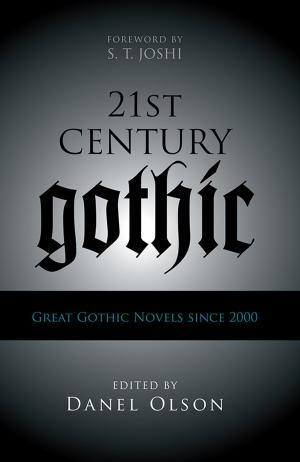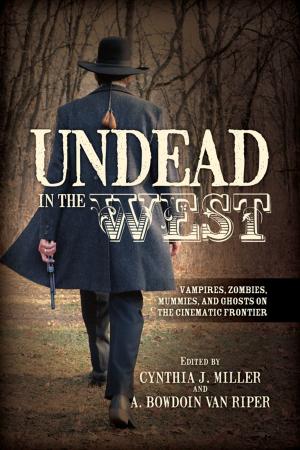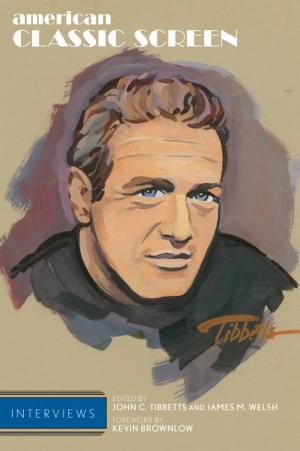The Kubrick Facade
Faces and Voices in the Films of Stanley Kubrick
Nonfiction, Entertainment, Film, History & Criticism, Performing Arts| Author: | Jason Sperb | ISBN: | 9781461673071 |
| Publisher: | Scarecrow Press | Publication: | June 22, 2006 |
| Imprint: | Scarecrow Press | Language: | English |
| Author: | Jason Sperb |
| ISBN: | 9781461673071 |
| Publisher: | Scarecrow Press |
| Publication: | June 22, 2006 |
| Imprint: | Scarecrow Press |
| Language: | English |
Many of Stanley Kubrick's films are often interpreted as cold and ambiguous. Whether viewing Barry Lyndon, 2001, The Shining, or Eyes Wide Shut, there is a sense in which these films resist their own audiences, creating a distance from them. Though many note the coldness of Kubrick's films, a smaller number attempt to explore exactly how his body of work elicits this particular reaction. Fewer still attempt to articulate what it might mean to "feel" Stanley Kubrick's films. In The Kubrick Facade, Jason Sperb examines the narrative ambiguity of the director's films—from the voice-over narration in early works, including the once forgotten Fear and Desire—to the blank faces of characters in his later ones. In doing so, Sperb shows how both devices struggle in vain to make sense of the chaos and sterility of the cinematic surface.
All thirteen of Stanley Kubrick's feature-length films are discussed in chronological order, from the little-seen and long-neglected Fear and Desire to the posthumous release of Eyes Wide Shut. Sperb also discusses Kubrick's importance to Steven Spielberg's AI. While exploring all of Kubrick's films, the author concentrates in particular on The Killing, Dr. Strangelove, 2001, The Shining, Full Metal Jacket, and Eyes Wide Shut.
This is also the first book-length study that focuses considerable attention on Fear and Desire and its relevance to Kubrick's larger body of work. In this respect, The Kubrick Facade is one of the first truly comprehensive books on narrative in the maverick director's films. It is also the first book to integrate a discussion of AI, and the first to fully explore the importance of the consistent visual emphasis on blank, silent faces in his post-Lolita films.
Many of Stanley Kubrick's films are often interpreted as cold and ambiguous. Whether viewing Barry Lyndon, 2001, The Shining, or Eyes Wide Shut, there is a sense in which these films resist their own audiences, creating a distance from them. Though many note the coldness of Kubrick's films, a smaller number attempt to explore exactly how his body of work elicits this particular reaction. Fewer still attempt to articulate what it might mean to "feel" Stanley Kubrick's films. In The Kubrick Facade, Jason Sperb examines the narrative ambiguity of the director's films—from the voice-over narration in early works, including the once forgotten Fear and Desire—to the blank faces of characters in his later ones. In doing so, Sperb shows how both devices struggle in vain to make sense of the chaos and sterility of the cinematic surface.
All thirteen of Stanley Kubrick's feature-length films are discussed in chronological order, from the little-seen and long-neglected Fear and Desire to the posthumous release of Eyes Wide Shut. Sperb also discusses Kubrick's importance to Steven Spielberg's AI. While exploring all of Kubrick's films, the author concentrates in particular on The Killing, Dr. Strangelove, 2001, The Shining, Full Metal Jacket, and Eyes Wide Shut.
This is also the first book-length study that focuses considerable attention on Fear and Desire and its relevance to Kubrick's larger body of work. In this respect, The Kubrick Facade is one of the first truly comprehensive books on narrative in the maverick director's films. It is also the first book to integrate a discussion of AI, and the first to fully explore the importance of the consistent visual emphasis on blank, silent faces in his post-Lolita films.















